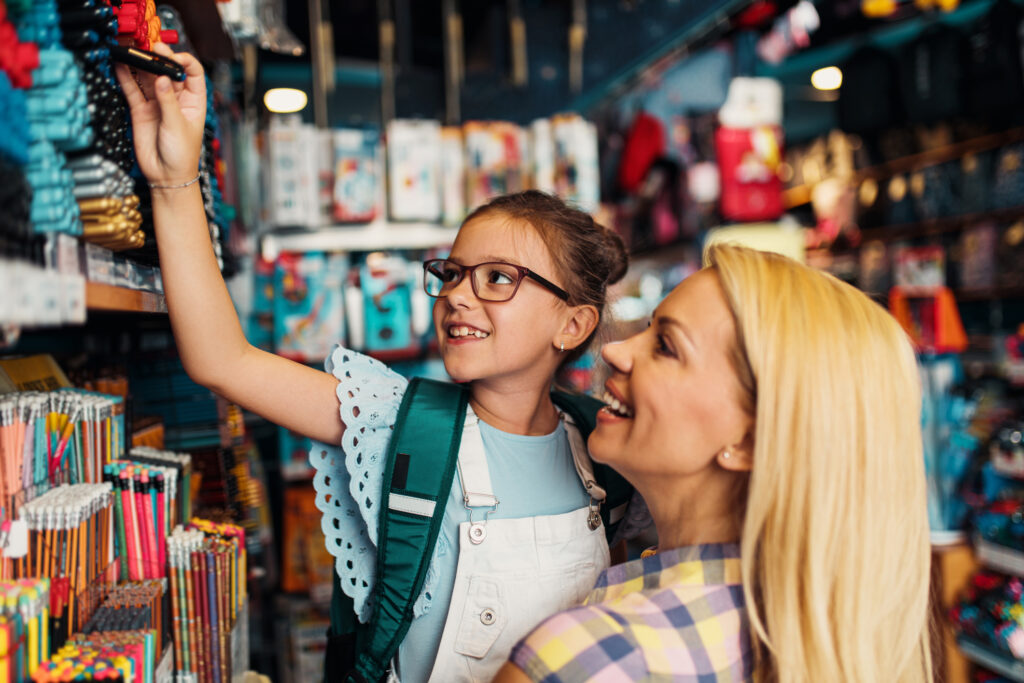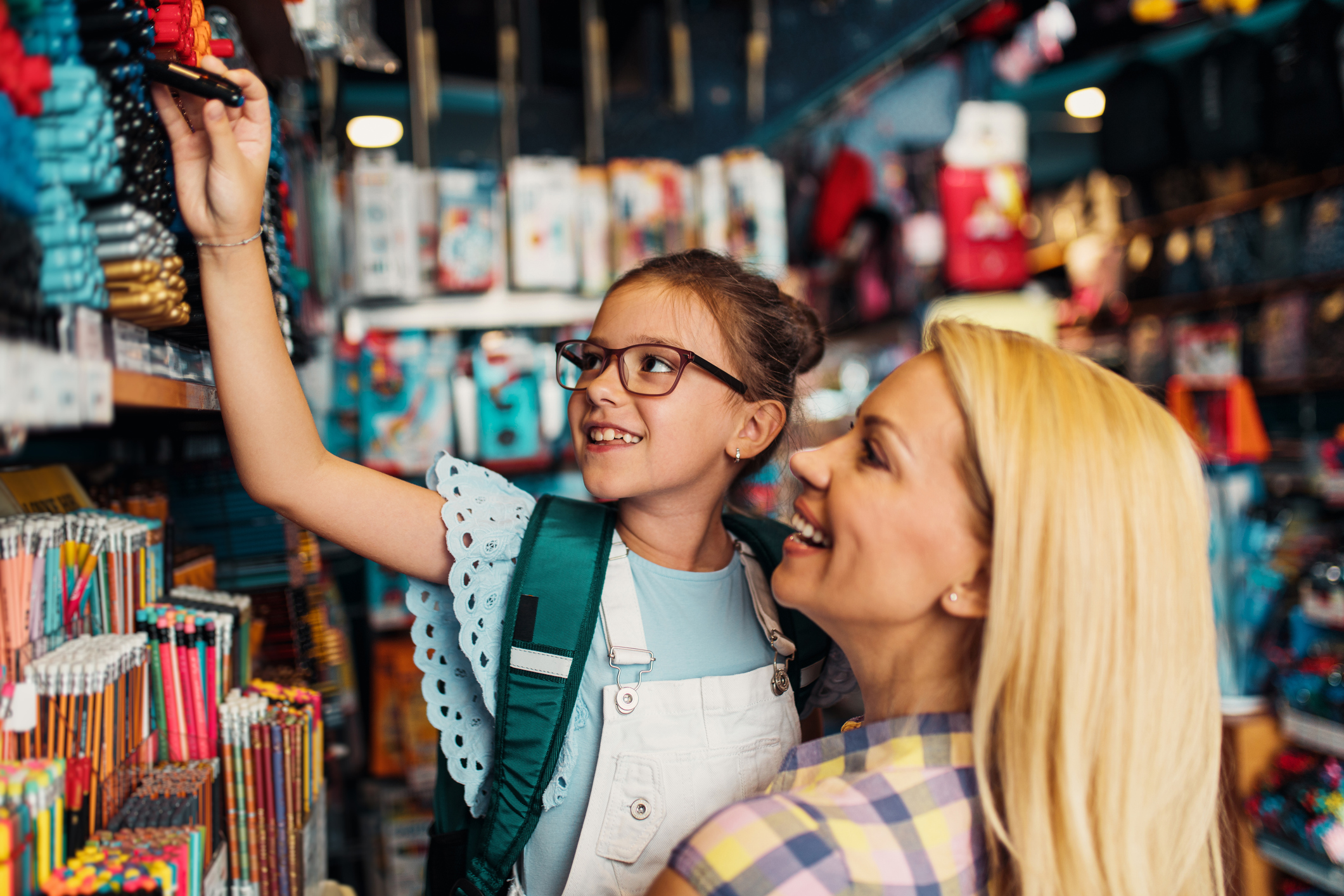Back To School 2025: How Brands Can Turn Consumer Shifts Into Marketing Wins
The days of last-minute back-to-school shopping are long gone. What was once a quick errand for consumers has evolved into a multi-phase, multi-month retail season. This year, brands and marketers should study up on the trends that are reshaping when, where, and how consumers shop for back-to-school supplies. Let’s take a look at how three standout trends are driving behavior shifts and how marketers can adjust their strategies to capture shoppers all season long.
Trend 1: Consumers are starting their shopping journey earlier
Retailers have already begun capturing back-to-school dollars as consumers have shifted their shopping sprees to earlier in the summer. This shift is largely driven by concerns for tariff-related price increases, with 51% of back-to-school consumers moving their shopping earlier to get ahead of these hikes. Many of these consumers have taken advantage of the mid-July deal events, such as Amazon Prime Day and Target Circle Week, to snag goods before potential price hikes hit the shelves.
Throughout July, retailers have been able to keep the price hikes at bay as their shelves are well-stocked with tariff-free goods. Although consumers haven’t felt this jump in price yet, 72% expect to see higher prices when back-to-school shopping. These expectations have steered consumers to spread out their shopping to reduce pressure on their wallet, allowing time to price shop, wait for sales, and compare deals across different retailers and brands.
How marketers can navigate this trend
A single back-to-school sale is not enough anymore. Brands, retailers, and marketers need work to support consumers along their multi-phase journey, from early deal-seekers to last-minute shoppers, making sure they are staying top of mind through each phase of this shopping season.
Trend 2: Shoppers are value-driven, tightening up their planned budgets this season
Consumers are expecting to pay higher prices for back-to-school items despite households anticipating flat spending YoY ($570 per child) as they tighten their budgets this season. This is influenced by reduced savings from households across the income spectrum with the bottom 80% of U.S. households actively draining their savings since 2022.
In both high- and low-income households, consumers are asking value-based questions that are driving purchasing decisions. Low-income households may be shopping sales, finding refurbished items, and focusing on essentials in their child’s backpack. On the other hand, high-income households, who once were more likely to splurge on back-to-school shopping, are also now wondering how to stretch their dollar.
This change in financial security has consumers across the income spectrum focusing more on value, and in turn, shifting their shopping behavior. Families continue to buy private label as the main way to save. Increasingly, shoppers are seeking value, with 75% of consumers willing to switch to more affordable brands.
How marketers can navigate this trend
To win over today’s budget-first shopper, marketers should focus messaging and merchandising on demonstrating real value. Tactics like showcasing price comparisons, bundling deals, and highlighting cost per use can help make back-to-school shopping feel worth the spend.
Trend 3: Gen Z parents are shopping with the help of social media and AI
As Gen Z become parents of school-aged children, they are bringing unique behaviors to the back-to-school aisle, leaning on social media and AI to help them shop. 75% of surveyed Gen Z parents expect to use social media in their back-to-school purchasing journey. It’s in brands’ favor to cater to the social-savvy Gen Z parent, as social media users are likely to spend 1.8x more than non-social users.
For these digital natives, technology isn’t just a tool, it’s a shopping companion. 67% of Gen Z shoppers plan to use AI to help them shop, helping them find deals, summarize reviews, build shopping lists, and manage budgets. This is a clear generational departure from the 34% of Millennials who plan to use AI during their shopping.
How marketers can navigate this trend
Retailers and marketers have new opportunities to meet this generation where they are already scrolling. Reaching them with shoppable social content and AI-powered personalization will be essential in winning over this next generation of parents.
Why does this matter to brands and marketers?
These three back-to-school trends highlight the need for brands to show up with value-driven messaging and personalized experiences, especially where consumers are already scrolling. Brands who act on these trends now will be better positioned to win over shoppers with evolving expectations.
But these trends go beyond serving as a back-to-school playbook — they hint at how consumers may behave heading into the holiday gifting season. Budget-conscious, value-focused, and tech-forward shopping habits are being formed now and will likely carry into the year’s biggest shopping season.




